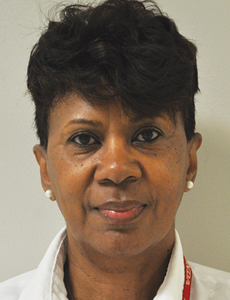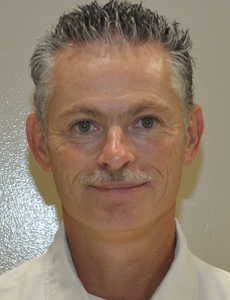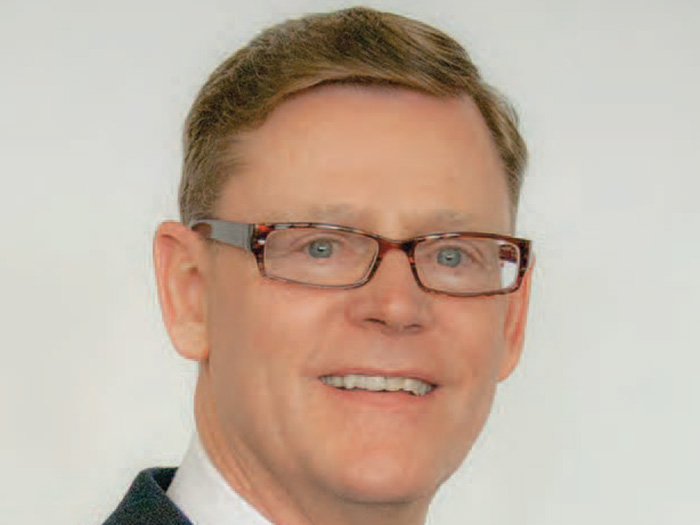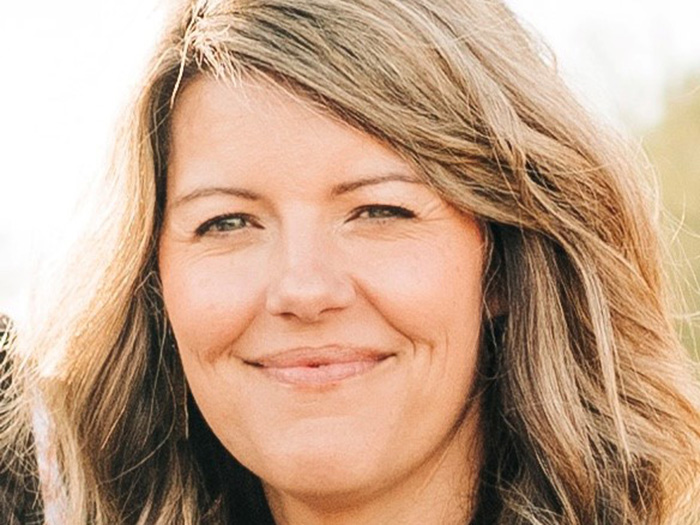2014 Teddy Award Winner
Building Value With Trust
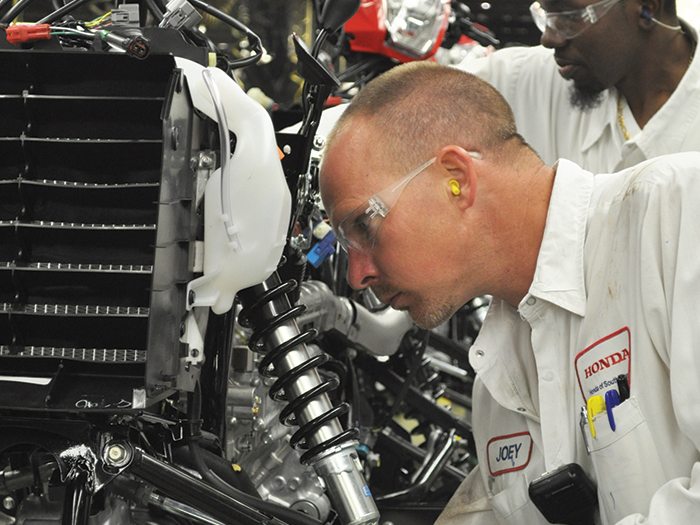
As they homed in on reasons they were spending enormous sums on workers’ compensation claims, managers at Honda of South Carolina (HSC) knew they needed to make some changes. The challenge was figuring out exactly where those changes needed to be made.
A 2007 audit of their workers’ compensation costs conducted by the company’s corporate parent, Honda of North America, helped move the ball down the field, according to managers Wendell Hughes and Lucinda Fountain.
One glaring red flag identified was the tendency of injured employees to contact attorneys right away, a move that is almost always certain to increase a claim’s cost and complexity.
“We were trying to understand what made them take that step,” said Fountain, staff administrator for associates risk management at HSC. “We felt from all the information we had gathered that we had a breakdown in our system.”
That breakdown turned out to be a fairly serious communications failure — a breakdown that started to occur immediately after an employee injury.
Company procedure up to that point had been that those who needed medical attention off-site were given rides by Honda security officers, according to Fountain and Hughes. After delivering the employee safely into the care of a medical provider, the security officer would return to the plant.
As for the claim itself, the company would let the employee know to expect a call from its third-party administrator, which would handle the follow-up from there.
Company representatives weren’t always available to attend workers’ compensation hearings, added Hughes, HSC’s environmental, health and safety manager. Those sessions were often handled by the third-party administrator as well.
Giving these practices a long, hard look made company officials realize that their level of involvement might unintentionally be sending the wrong message to employees, said Hughes. In considering potential changes, managers asked what they would expect if they were injured.
“To associates, it may have seemed as if we were putting up a defensive barrier, although that was never our intent,” Hughes said. Instead, HSC wanted procedures that reflected the company’s principles, which are rooted in a concern for employees’ well-being.
“The first 24 hours of that associate injury is going to make a big difference in how you manage that claim throughout the duration. So we try to do everything we can in that first 24 hours.” — Lucinda Fountain, staff administrator for associates risk management, Honda of South Carolina
“They’re truly an associate-centric company,” said Lynn Williams, managing director at Tennessee-based Sedgwick Claims Management Services Inc., which counts Honda as a client.
Today, Honda of South Carolina takes a personal approach from the moment an injury occurs. If employees need to leave the plant for treatment, a manager or other employee accompanies them — and stays with them until family members arrive and other needs are met, which could include bringing meals.
The company also begins educating employees about the workers’ compensation system immediately, letting them know the company will be a resource for helping them get care and navigating their return to work.
“The first 24 hours of that associate injury is going to make a big difference in how you manage that claim throughout the duration,” said Fountain. “So we try to do everything we can in that first 24 hours.”
The workers’ comp process can certainly be confusing, said Beth Osterholt, a client performance manager at Sedgwick. She serves as a liaison to Honda. Adding to the confusion sometimes is the uncertainty about the workers’ compensation system.
“If you have somebody there to support you,” she said, “it’s more comforting.”
Honda’s attention has focused not just on the first 24 hours, but also on the return-to-work process. HSC has identified numerous tasks that people can perform even if they are not ready to go back to their original positions at the plant, Hughes said.
Employees have handled administrative tasks, such as data entry for the training department, or sorting vehicle identification cards as they come off the production floor, Hughes said. “We don’t create jobs,” he said. “There’s always something somebody can do.”
Honda also began inviting doctors and other health professionals on regular tours of its facility, Hughes and Fountain said. The visits have made physicians more comfortable about allowing employees to engage in light or limited duty.
The difference is more than remarkable. The company recorded no costs for workers’ comp in the first nine months of 2014. But it’s showing up in less direct ways, too.
“We haven’t had an associate get an attorney in years,” said Hughes, noting that employees are readily cooperating with the company and returning to work more quickly.
The relatively hands-off approach that HSC used to follow is not uncommon, said Octavia Williams-Blake, associate vice president of occupational health at McLeod Health. Based in Florence, S.C., the health system works with many local employers, including Honda of South Carolina.
“We serve over 1,000 companies, and less than 10 percent actually send somebody here with the employee,” Williams-Blake said. “Very few of them stay.”
The corporate presence alongside injured employees provides several benefits, Williams-Blake said. It usually leaves employees with a better sense of what to expect from the workers’ compensation process, and they are less likely to call lawyers.
“That then helps reduce your overall costs as it relates to workers’ comp, but it also makes employees feel like you care,” she said.
There are other advantages.Company representatives hear firsthand from doctors about an employee’s injury and the expected treatment, Williams-Blake said. So employers spend less time tracking down physicians to confirm what they are hearing from employees, and less information gets lost in translation.
Still, she acknowledged, not every company has the resources to send someone along with an injured worker.
“They may see it as not productive. They’re losing somebody from the line, or they’re having to cover for somebody while they’re with the employee,” she said.
HSC has committed to the practice because they understand the value it brings for both the associate and the company. The proof is in the numbers: HSC’s claims costs have plunged by 93 percent since 2009. Medical costs are down by 87 percent.
In addition to increasing personal attention, Honda’s decision to bring doctors into its plant has made a positive impact, Williams-Blake said. Physicians tend to be conservative in their recommendations for return to work, and they often know little about working conditions beyond what employees tell them.
Knowledge of Honda’s operations allows physicians to make a more informed judgment about what a given employee will come back to in the workplace, Williams-Blake said. It’s also easier than reaching out after a doctor has made a decision a company doesn’t like.
“Have you ever tried to call an orthopedic surgeon and try to talk to them about a job? It’s tough,” Williams-Blake said.
Safety’s in the Details
Of course, the surest way to avoid those calls — and to avoid workers’ compensation claims in general — is to create a safe work environment. And that has long been a top priority for Honda of South Carolina.
Injuries are down, thanks to an aggressive approach to finding and fixing the causes of workplace accidents, Hughes said. The company recently notched 4 million hours without a lost-time injury, and six months without a recordable injury at its plant in Timmonsville, S.C., where more than 900 associates manufacture all-terrain vehicles and multi-use vehicles.
Nothing is too minor to escape attention.
About 10 years ago, for example, Hughes noticed a relatively large number of arm scrapes. He realized the preventive measure was close at hand: rolling down the long sleeves on Honda’s white uniforms.
He succeeded in implementing a policy requiring sleeves to be worn down. “You hardly ever see a first aid on arms anymore,” Hughes said.
Today, team leaders must accompany employees when they require first aid even for injuries that merit little more than a Band-Aid, Hughes said. The idea is to address the cause of the injury immediately.
“If you wait, a day later or two days later, everything changes,” Hughes said. But the conditions that triggered an accident may eventually return.
Another program, launched this year, underscores management’s commitment to a safe workplace. Every two months, managers closely examine a production process to look for anything that might cause a problem, Hughes said. The company president, meanwhile, undertakes semi-annual safety tours.
Employees also are committed to safety, a mind-set Hughes has observed from his office right off the production floor.
“I get constant foot traffic from associates coming in and wanting to understand a process or raise a concern. They’re very open about sharing their ideas,” he said, noting that he is especially happy to see employees fixing problems before he even learns of them.
“That’s when you know the safety culture is really taking root,” he said.
_______________________________________________________
Read more about all of the 2014 Teddy Award winners:
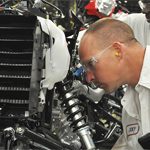 Building Value with Trust: Honda of South Carolina boosted its involvement with injured worker cases, making a positive first impression on employees and health care providers.
Building Value with Trust: Honda of South Carolina boosted its involvement with injured worker cases, making a positive first impression on employees and health care providers.
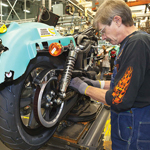 The TLC Behind the Roar: A proactive and holistic approach to employees’ well-being has resulted in huge reductions in work-related injury claims for Harley-Davidson.
The TLC Behind the Roar: A proactive and holistic approach to employees’ well-being has resulted in huge reductions in work-related injury claims for Harley-Davidson.
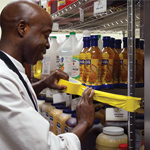 Quick to Act: Compass Group is lauded for its safety initiatives and for a return-to-work program that incorporates all of its business lines.
Quick to Act: Compass Group is lauded for its safety initiatives and for a return-to-work program that incorporates all of its business lines.
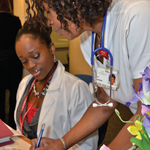 Healing the Healers: Teddy Award winner Cold Spring Hills Center for Nursing and Rehabilitation proved that even small organizations can make a huge difference in their employees’ lives.
Healing the Healers: Teddy Award winner Cold Spring Hills Center for Nursing and Rehabilitation proved that even small organizations can make a huge difference in their employees’ lives.

